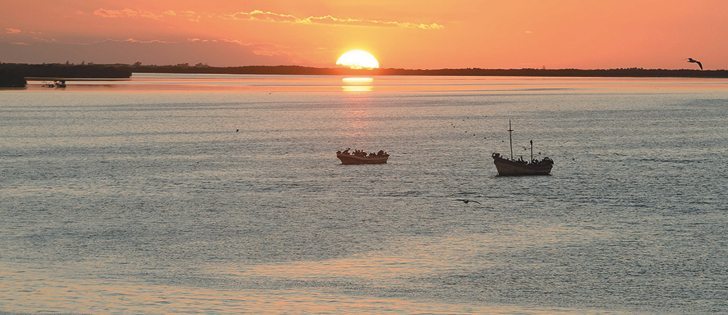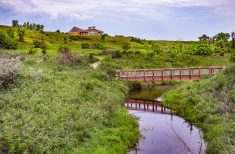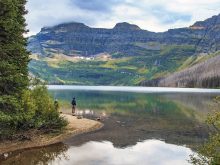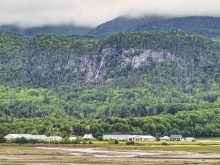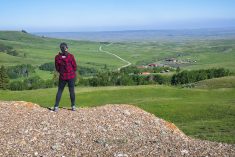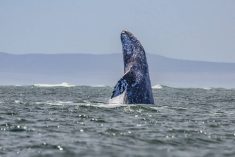Although we’ve travelled to Cancun frequently over the years, we’ve spent little time in the mega-resort developments around the city and nearby Riviera Maya. Rather, we use Cancun as a jumping-off point to explore the Yucatan Peninsula.
Only a few hours away, another world awaits: ancient Mayan ruins, historic colonial cities, nature reserves, traditional villages and off-the-beaten-track beach communities. Fortunately, this is also considered one of the safest parts of Mexico for travel.
Often it’s possible to find attractive airfares, since charter companies and scheduled airlines from many Western Canadian cities compete for business. Cancun airport is fairly user-friendly for independent travellers, with scheduled direct bus service into Cancun city, Playa del Carmen down the coast and the colonial city of Merida.
Read Also

Fuel rebate rule change will affect taxes and AgriStability
The federal government recently announced updates to the fuel rebates that farmers have been receiving since 2019-20.
Head to the main bus station in Cancun and even more options open up, with extensive bus service throughout the peninsula and beyond.
We like to explore somewhere new each time we go. On our trip last January, we headed to Holbox island, just off the north coast where the Gulf of Mexico meets the Caribbean.
It was easy to reach on a three-hour bus ride from Cancun, then a 20-minute ferry ride. Wide beaches and shallow water line the north coast, while mangroves rich in bird life extend along the south shore.
The island is definitely a tourist destination, but the atmosphere remains pretty low-key, with no high-rise buildings or monstrous resorts. The steady gulf breeze attracts kite-boarders and windsurfers to the uncrowded beaches. All the roads, even the main streets in the small town, are made of sand.
Traffic noise isn’t a problem since most motorized vehicles, including taxis, are golf carts, and there’s few cars.
After easing into the laid-back lifestyle for a few days, we could understand why longtime visitors hope the island doesn’t get too popular or developed.
The highlight of our last visit, however, was Rio Lagartos, a little farther west along the north coast. The sleepy fishing town lies next to the Ria Lagartos Biosphere Reserve, a sprawling mangrove-lined river estuary with phenomenal bird life. The biggest draw is flamingos.
Yucatan has an estimated 40,000 of the dazzling pink birds, and this is one of their favourite hangouts. Local tour operators offer boat trips through the estuary, plus several fishermen run trips as a sideline.
We headed out early one morning just after sunrise and immediately started seeing some of the reserve’s nearly 400 species: anhingas, black hawks, egrets and stilts.
White pelicans wintering here may well be from Western Canada. Great blue herons were so common that we soon stopped snapping pictures.
A nice find was rare bare-throated tiger herons, large birds with long thick necks adorned with tiger-like stripes.
Farther upstream, splashes of bright coral pink stood out from the turquoise water and brilliant white shoreline. Flamingos were all around, some in small groups feeding on brine shrimp in the shallow brackish water. Although it wasn’t the prime season, we still saw plenty of birds.
Generally, they disperse in mid-winter and then congregate here in April in huge numbers as they launch into elaborate mating displays.
Fortunately, we watched some doing a practice run. The group gathered tightly together and then marched in unison, their upstretched heads quickly jerking from one side to the other in a kind of flamingo tango. Then suddenly the whole group stopped, turned around and strutted in the other direction.
We enjoyed the boat trip so much that we stayed another day to do it all again. For us, the flexibility to stay longer when we find somewhere we like is the biggest advantage of wandering around independently.
Arlene and Robin Karpan are well-travelled writers based in Saskatoon. Contact: travel@producer.com.


